In the fast-paced modern life, people's demand for drinks is not only to quench thirst, but also to pursue taste and visual enjoyment. When we go to the supermarket or convenience store, the vegetable and fruit juices always attract our eyes. Those brightly colored and attractive juices all tell us their unique charm. However, these mouth-watering colors hide a "little scheming" -- natural pigments.
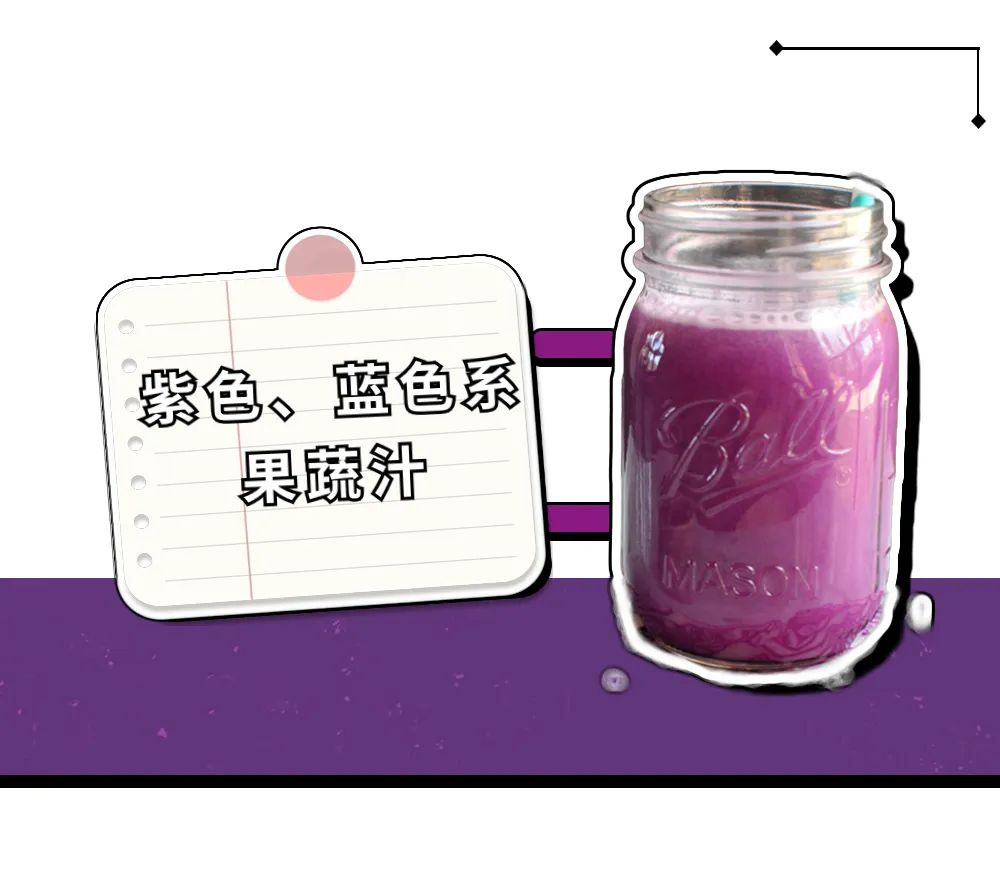
The blueberry, blackcurrant, mulberry juice and other blue or purple fruit and vegetable juice we often see, can add natural pigments to achieve such colors.

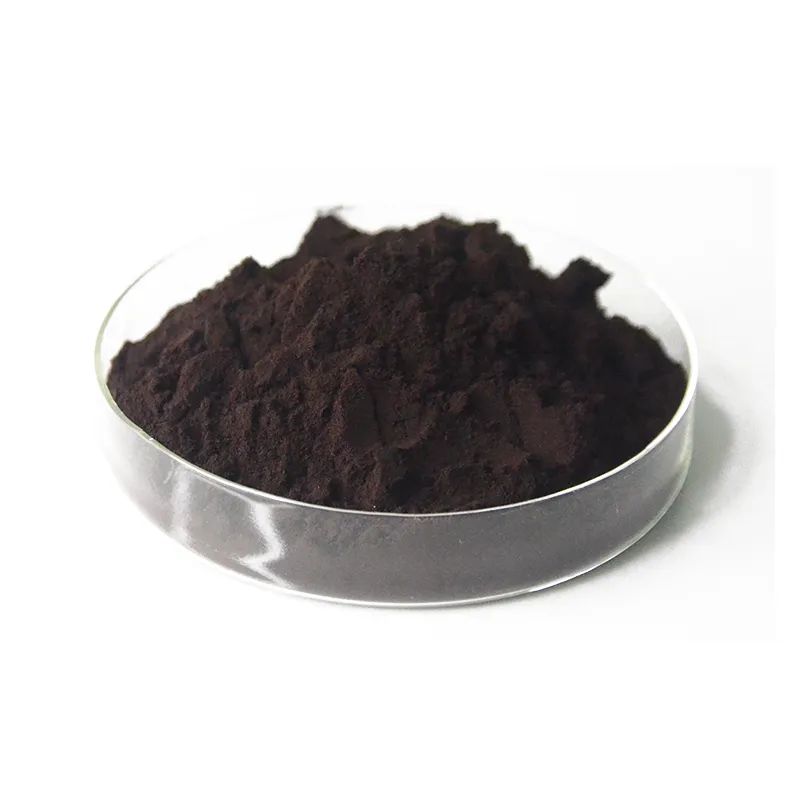
Purple sweet potato pigment is a food additive made from the purple root of sweet potato (IpomoeabatatasLam), which is extracted and refined by water containing acid such as citric acid or ethanol aqueous solution. Red to purple black liquid, powder or granular, no visible impurities. The main coloring components of purple sweet potato pigment are anthocyanins, among which the main anthocyanin ligands are centaurin and peonidin. Compared with other anthocyanin pigments, purple sweet potato pigment has better heat resistance and light resistance. Specific industry categories and usage refer to the relevant provisions in the "GB2760-2014 National Food Safety Standard For Food Additives Use". More information please refer to below:


Gardenia blue is a food additive made from the fruit of Gardenia jasminoides Ellis, which is extracted by water or edible ethanol, enzymatic hydrolysis (β-glucosidase), added edible amino acids, and refined. Gardenia blue pigment has been widely used in many countries in the world, and is also approved to be used as a natural edible pigment in China, which has been listed in GB2760-2014 "Standards for Food Additives Use ".
Gardenia blue has bright color, strong coloring power, good light resistance and heat resistance. Its pH stability ranges from 4 to 10. Specific use of industry category and usage please refer to the relevant provisions of "GB2760-2014 National Food Safety Standard For Food Additives Use". More information please refer to below:
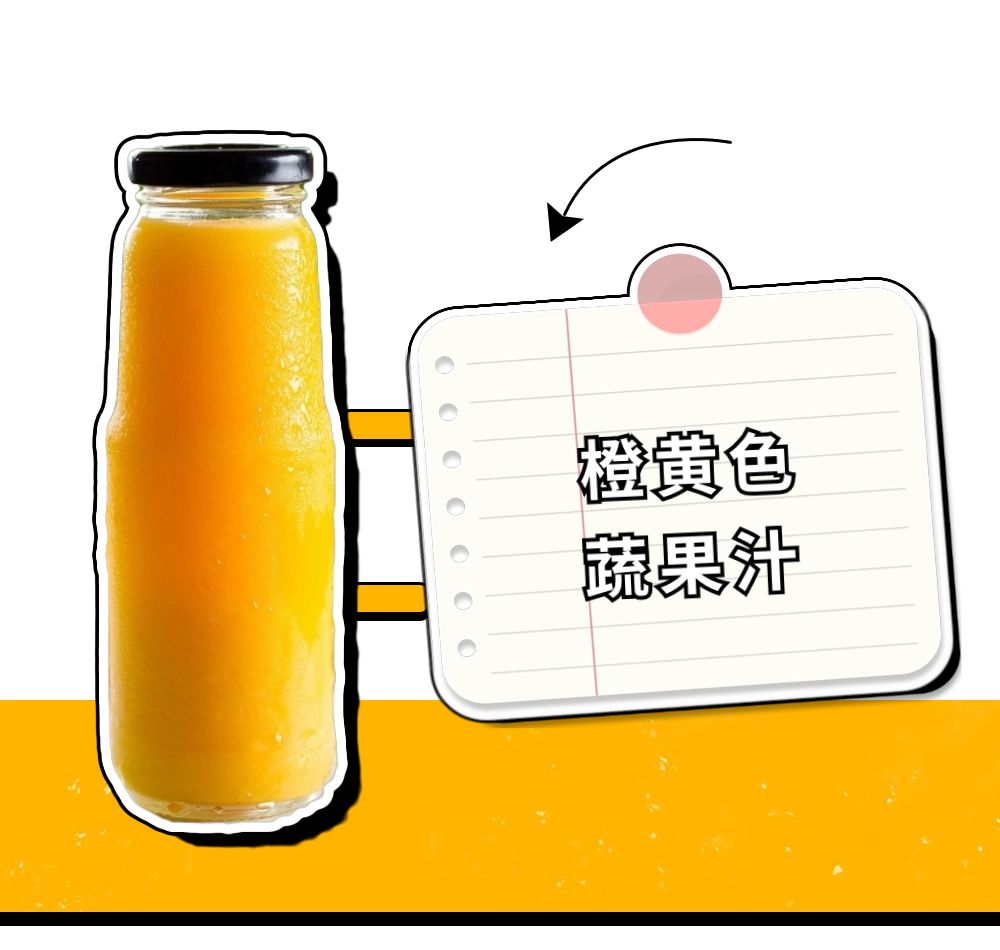
Orange, pineapple and papaya juices are all orange-colored, which makes a sharp contrast to other colors and stands out in the storage racks. Consumers associate the color orange with fresh, natural and healthy, so they are more likely to choose orange-colored juices.
Like pineapple juice, corn juice and other yellowish colors, you can choose turmeric to achieve the effect.

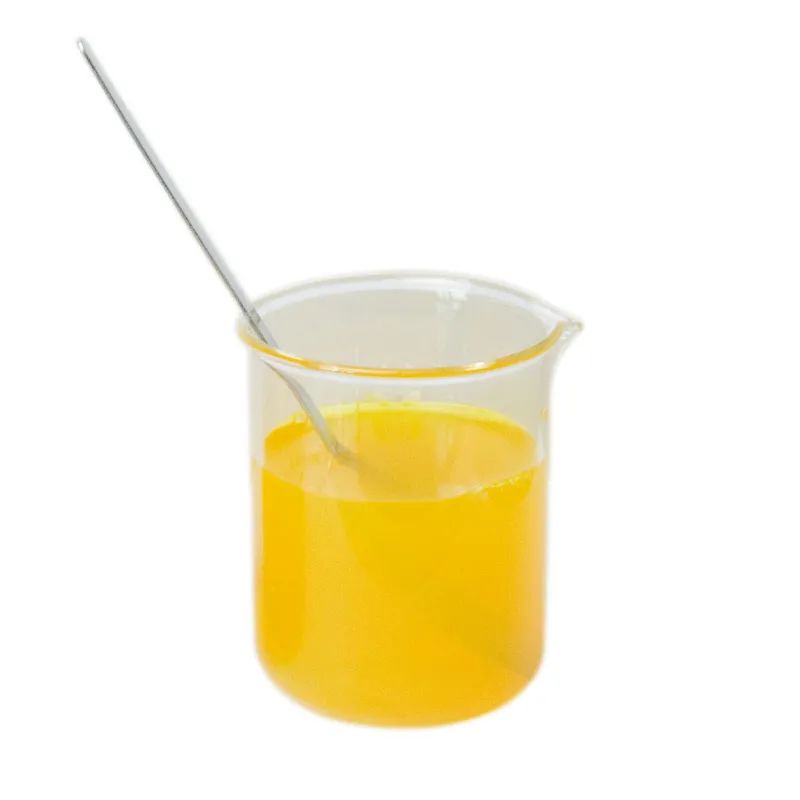
The plant turmeric (Curcuma longa L.) belongs to the ginger family and is used as a raw material for extraction and refinement using organic solvents. It yields a bright yellow powder, extract, or liquid ranging from yellow to dark red-brown in color, with a distinctive aroma that is commonly applied in the food industry for enhancing both color and fragrance of products. Turmeric is recognized as one of the most valuable natural pigments for consumption, meeting high safety standards set by the Food and Agriculture Organization of the United Nations (FAO) and the World Health Organization (WHO). Its specific applications and usage please refer to the relevant provisions outlined in "GB2760-2014 National Food Safety Standard For Food Additives Use". More information please refer to below:
Orange juice, mango juice, papaya juice and other orange color juices can add annatto extract, natural carotene and lutein to achieve color enhancement and color preservation.

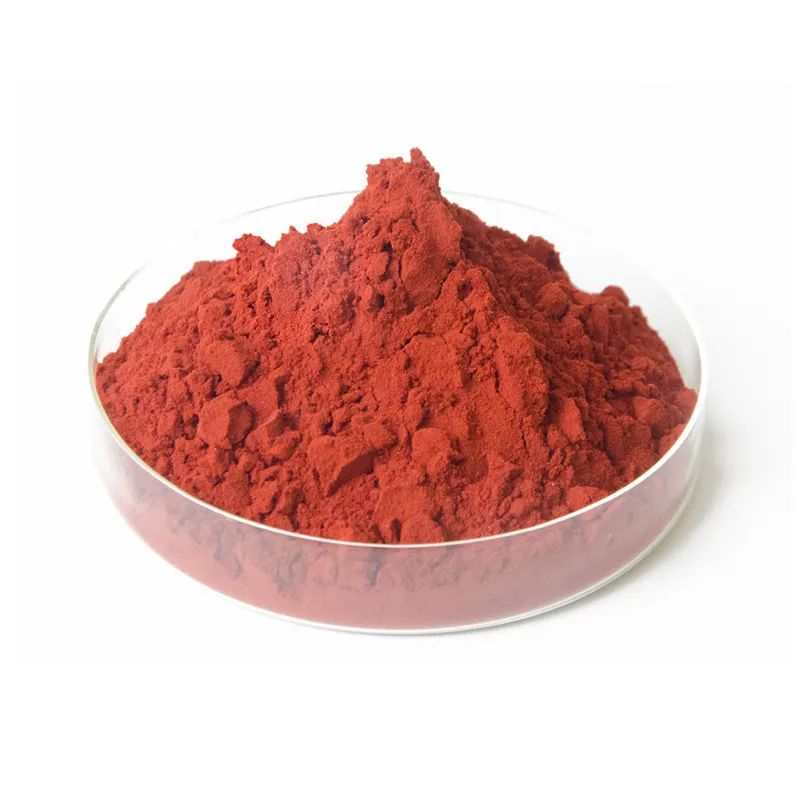
The food additive Annatto (erythroxylin) is extracted from the outer bark of anatto tree seeds using solvents or cold weak alkali aqueous solutions, and then Annatto (norerythroxylin) is obtained through hydrolysis and refining with hot alkaline solutions. It is a naturally edible yellow-orange pigment derived from the seed skin of Annatto tree, also known as the redwood tree, which primarily grows in Brazil, Ecuador, Jamaica, and the West Indies. The pigment appears as a dark reddish-brown to purplish-red powder, suspension, or solution. Specific industry categories and usage please refer to the relevant provisions stated in "GB2760-2014 National Food Safety Standard For Food Additives Use". More information please refer to below:

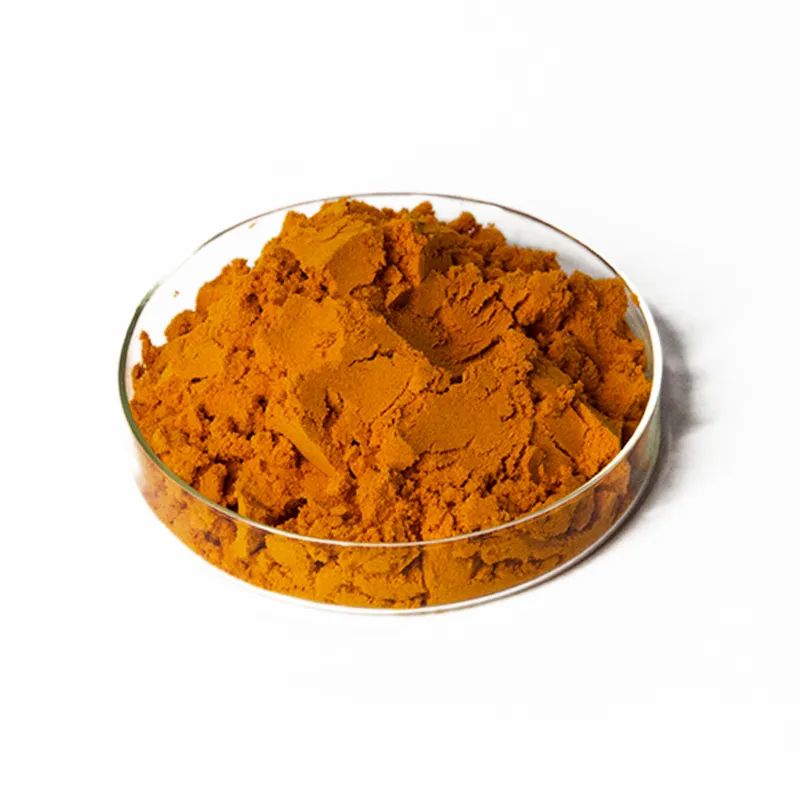
Natural carotene is a food additive which is extracted from palm fruit by solvent extraction and refining. The main coloring substances are β-carotene and α-carotene, and β-carotene is the majority. The main components are β-carotene, and contain α-carotene, δ-carotene) ,ζ- carotene and other carotene. It is often used in food to enhance the color and improve the appearance of products. It has the characteristics of natural source, good stability and rich nutrition. Specific industry categories and usage please refer to the relevant provisions of the "GB2760-2014 National Food Safety Standard For Food Additives Use". It can be added appropriately according to production needs in most product categories. For specific categories, please refer to Table A.3 of GB2760 for the list of food categories with exceptions for appropriate quantities of food additives according to production needs (see the bottom of the article).

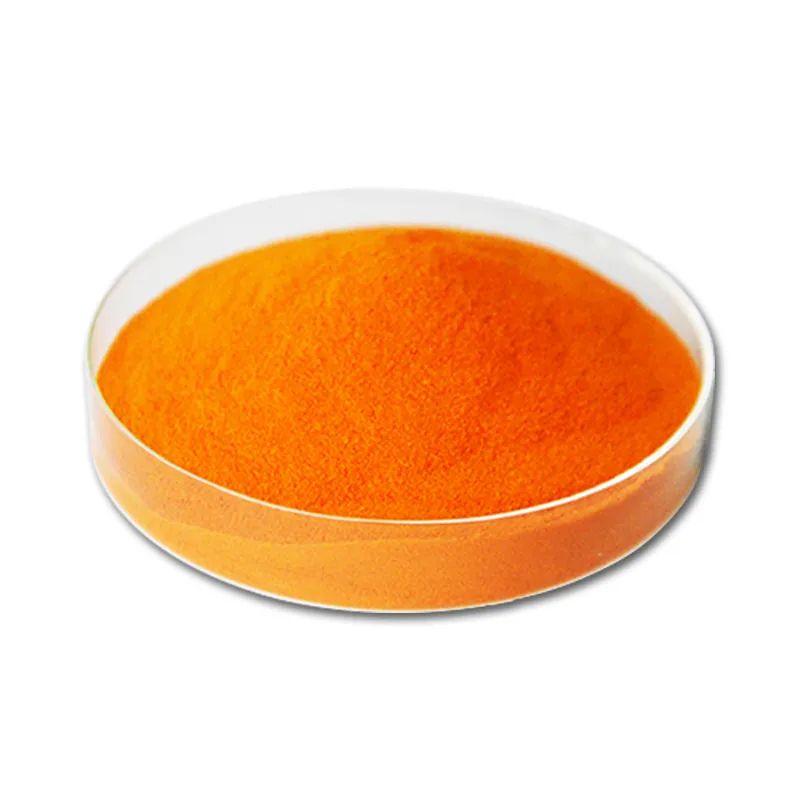
Beta-carotene is a fat-soluble compound belonging to the carotenoid family, which is an orange-yellow natural pigment commonly found in nature. It is abundantly present in plants and imparts rich yellow and orange hues to fruits and vegetables. Beta-carotene possesses natural sourcing, safety, and health benefits. It is frequently utilized as a water-soluble food coloring agent, exhibiting shades of orange or yellow in dilute solutions and turn into orange-red with increasing concentration. Notably, it remains unaffected by reducing agents like ascorbic acid but can fade when exposed to heavy metal ions, particularly Fe3+. Moreover, it demonstrates excellent color performance for oily foods. For specific industry categories and usage guidelines, please refer to the relevant provisions outlined in "GB2760-2014 National Food Safety Standard For Food Additives Use".

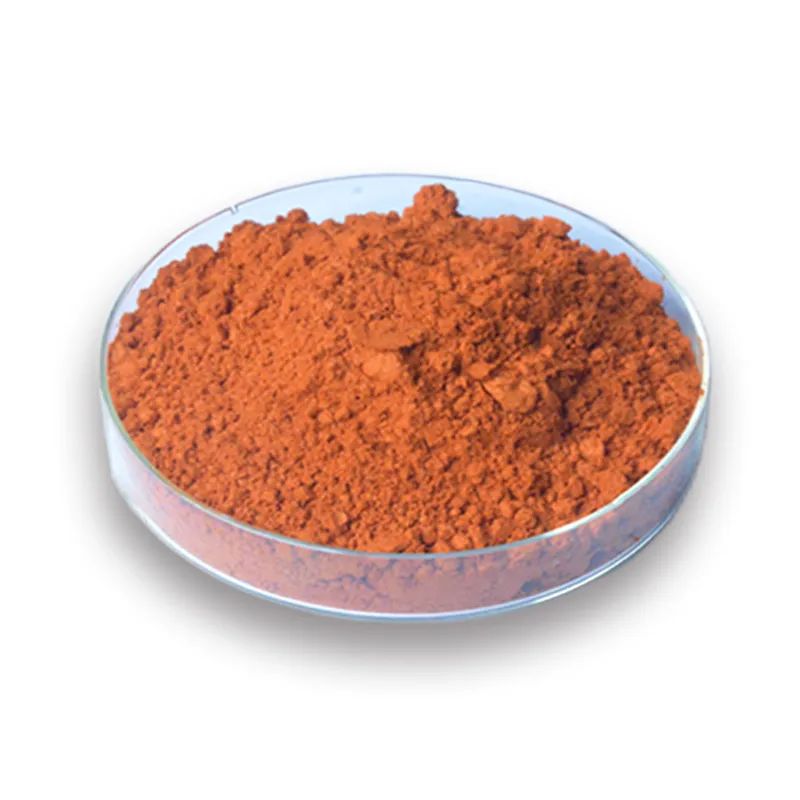
Taking oleoresin of marigold (Tagetes erecta L) as raw material, Lutein shows an orange-yellow to orange-red powder through saponification, extraction, and refining processes . This natural food coloring agent has a high safety profile but exhibits slightly poor stability, being susceptible to factors such as oxygen, light, heat, metal ions, pH levels. It finds wide application across various food industries. For specific industry categories and usage guidelines, please refer to the relevant provisions outlined in the "GB2760-2014 National Food Safety Standard For Food Additives Use".
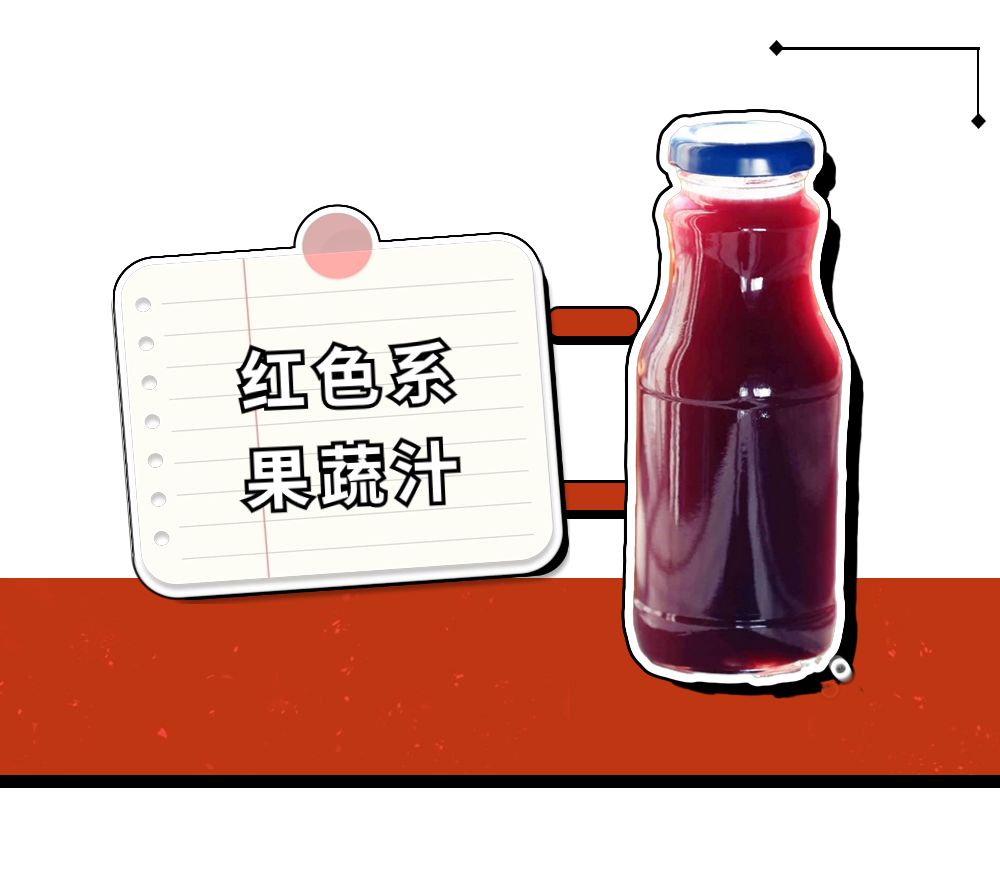


Carmine Cochineal is a pigment extracted from the female cochineal insect parasitic on cactus plants. It is a red pigment extracted from the dry body of the female cochineal insect after grinding and using water. The main component is cochineal acid (also known as carmine acid, is a anthraquinone derivative). Cochineal is native to Central and South America, Mexico and other places. Cochineal is an anthraquinone derivative that has a reddish brown liquid appearance and is easily soluble in water. Carmine Cochineal red pigment is an excellent natural edible red pigment. It is bright purple red in weakly acidic or neutral environment, but its hue changes under alkaline conditions. At pH value of 5.7, the pigment solution has the maximum absorption at wavelength 494nm. In addition, the application scope of Carmine Cochineal pigment is more extensive. The specific use of industry category and usage please refer to the relative provisions stipulated in "GB2760-2014 National Food Safety Standard For Food Additives Use ".


Sorghum red is a food additive made from black-purple or reddish-brown Sorghum Vulhare pers shells, extracted with water or dilute ethanol solution, concentrated and dried. As a natural edible additive, sorghum red has many advantages. First, it is extracted from natural plants, does not contain harmful chemicals, and is relatively safe and reliable. Secondly, sorghum red has good heat resistance and stability, which is suitable for a variety of food processing processes. Specific industry categories and usage please refer to the relevant provisions stipulated in "GB2760-2014 National Food Safety Standard For Food Additives Use ", and can be added appropriately according to production needs in most product categories. For specific categories, please refer to Table A.3 of GB2760 for the list of food categories with exceptions for appropriate quantities of food additives according to production needs (see the bottom of the article).

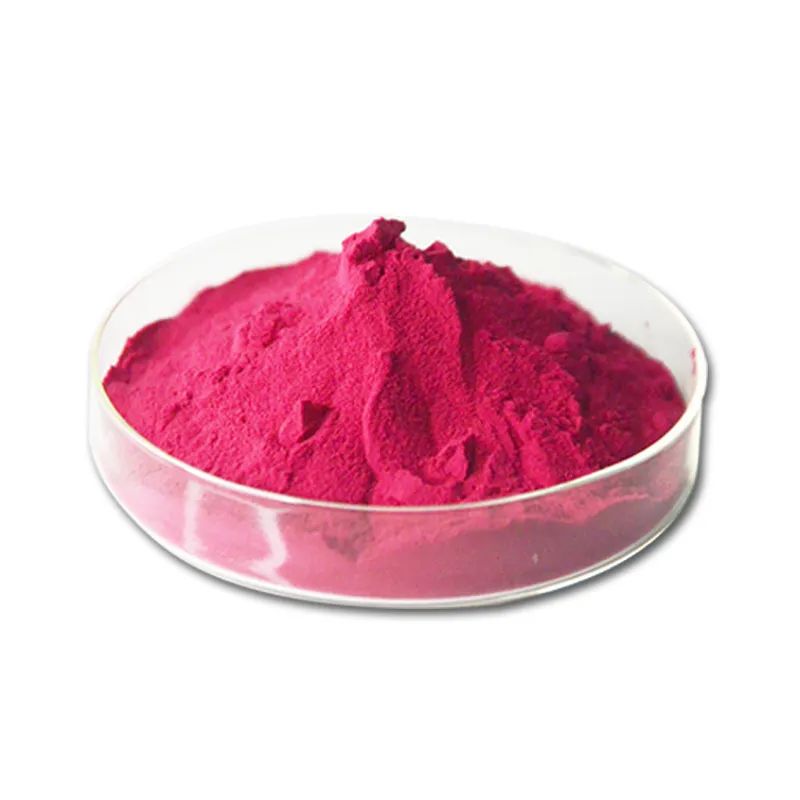
beet red, also known as beet root red is a food additive made from red beet extracted with water, by spraying and drying. It has natural sources, good stability and other characteristics, easily soluble in water, milk, 50% ethanol or propylene glycol aqueous solution. The aqueous solution is red to red purple, pH3.0 ~ 7.0 is relatively stable, coloring performance is good. Specific industry categories and usage please refer to the relevant provisions stipulated in "GB2760-2014 National Food Safety Standard For Food Additives Use", and can be added appropriately according to production needs in most product categories. For specific categories, please refer to Table A.3 of GB2760 for the list of food categories with exceptions for appropriate quantities of food additives according to production needs (see the bottom of the article).
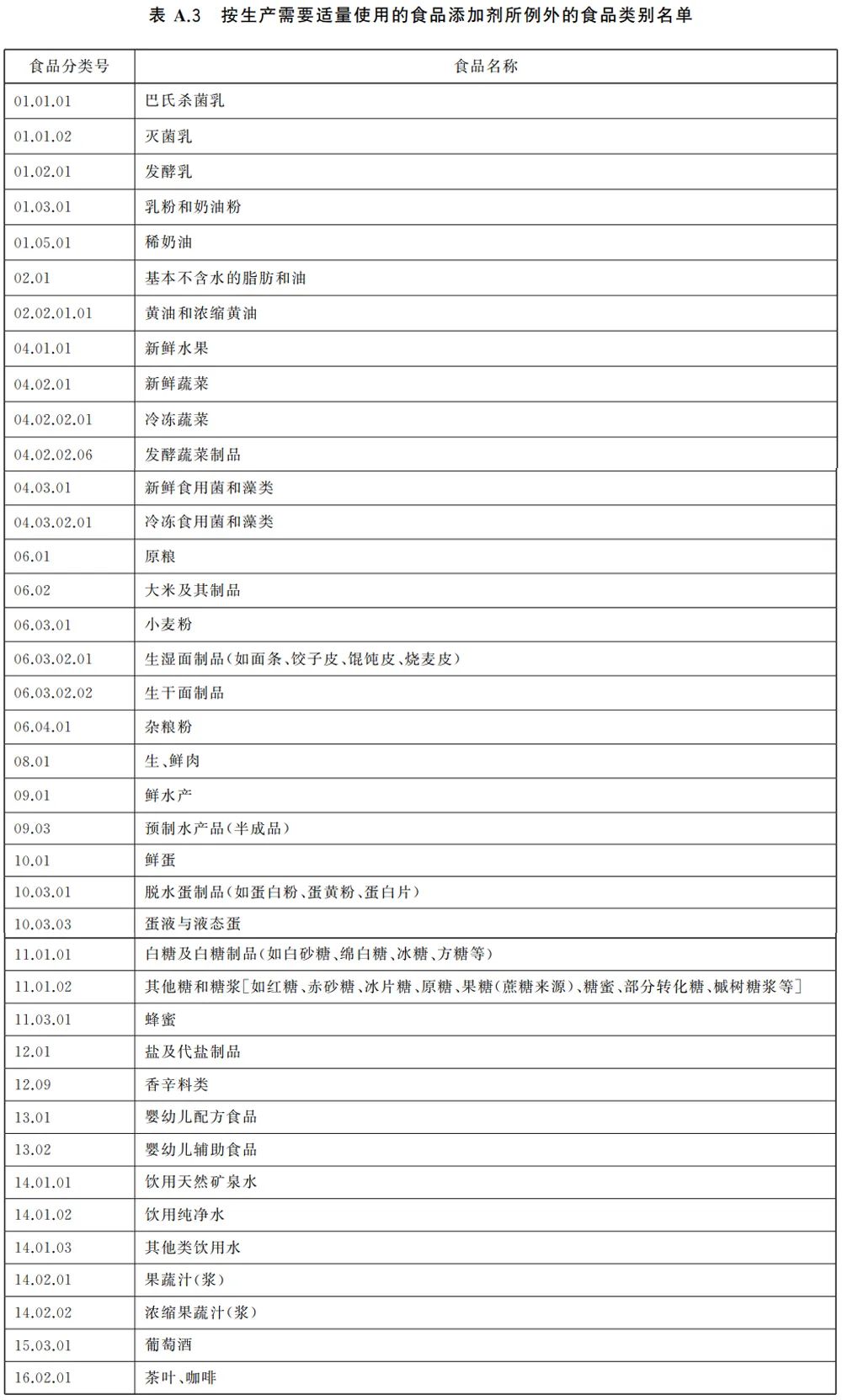
There are also commonly seen vegetable juice, pomegranate juice, mulberry juice and other colorful vegetable juices on the market can also be enhanced by adding natural pigments. There are more needs for different colors, or mixed tastes can be customized through adding natural pigments.
For more natural pigments and related information, please call us or mail us:
COMPANY: ZHUHAI JINGHAO BIOLOGICAL-TECH CO.,LTD.
ADDRESS: AREA B, 4-3 FLOOR , NO. 5 BUILDING , CHUANGYE WEST ROAD, SHUANGLIN SECTION, LIANGANG INDUSTRIAL ZONE, JINWAN DISTRICT, ZHUHAI CITY, GUANGDONG PROVINCE, CHINA. P.C. 519000.
WEB.: http://www.biolo-tech.com E-MAIL: info@biolo-tech.com
TEL.: 0756-6255288/0756-6255280 MOB.: 13928090373




Hot search label:
Carbon black、 Gardenia yellow、 Curcuma longa、 Natural carotene、 Tripotassium glycyrrhizinate、 Carmine、 Compound colorant、 Complex customizationZhuhai Jinghao Biological-tech Co., Ltd 粤ICP备20042151号